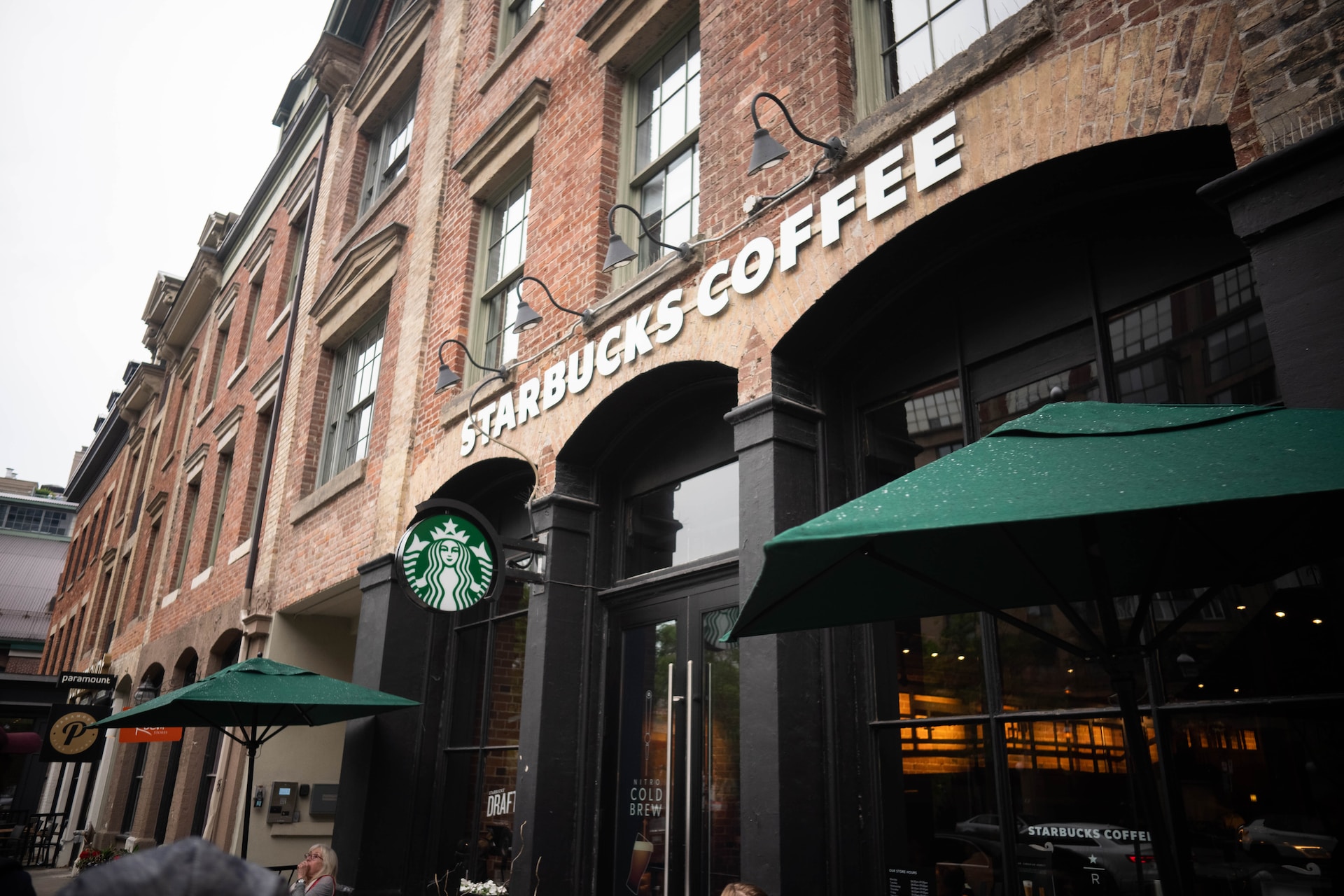Case Studies
Digital Transformation Brewing Success:
A Starbucks Case Study
In today’s ever-evolving digital landscape, businesses must continually innovate to remain relevant. Starbucks, a global coffeehouse chain, exemplifies this principle through its remarkable digital transformation journey. This case study explores how Starbucks leveraged digital marketing strategies to connect with its audience, enhance customer engagement, and achieve exceptional brand growth.

Introduction: A Coffee Giant's Digital Odyssey
As the digital age reshapes consumer behavior and expectations, Starbucks embarked on a transformative journey to stay at the forefront of the coffee industry. This case study unveils Starbucks’ strategy and execution, highlighting the pivotal role of digital marketing in reinvigorating the brand’s connection with its customers.
Challenges: Steaming Through Obstacles
Starbucks encountered several challenges on its path to digital transformation:
Changing Consumer Habits: The rise of mobile technology had altered the way consumers interacted with brands, making it essential for Starbucks to adapt.
Integrating Digital into Operations: Seamlessly incorporating digital into Starbucks’ physical stores while maintaining the brand’s essence was a complex challenge.
Enhancing Customer Engagement: To thrive in the digital age, Starbucks needed to find innovative ways to engage customers and build brand loyalty.
Strategy And Implementation: Brewing Success Digitally
To overcome these challenges, Starbucks designed a comprehensive digital transformation strategy encompassing the following key elements:
Mobile App Revolution: Starbucks launched a feature-rich mobile app, enabling customers to order, pay, and earn rewards effortlessly. This user-friendly app enhanced convenience and nurtured customer loyalty.
Data-Driven Personalization: The brand harnessed customer data to create personalized marketing campaigns. Tailored offers and recommendations, based on individual preferences and purchase history, enriched the customer experience.
Social Media Engagement: Starbucks effectively utilized social media platforms to connect with its audience. Engaging content, including behind-the-scenes glimpses and user-generated content, fostered brand loyalty and encouraged user interaction.
Loyalty Program Enhancement: Starbucks revamped its Rewards program to provide more enticing rewards for frequent customers. This strategic move encouraged higher visit frequency and spending.

Results And Impact: A Sip of Success
Starbucks’ digital transformation yielded significant results:
- Mobile App Adoption: The Starbucks mobile app witnessed a remarkable 40% increase in downloads, becoming an integral part of the customer journey.
Personalization Pays Off: Data-driven personalization efforts led to a notable 30% increase in customer engagement, translating into higher sales and repeat business.
Social Media Engagement: Starbucks’ social media engagement soared, with a 150% increase in likes, shares, and comments across platforms, expanding the brand’s digital presence.
Loyalty Program Success: The revamped loyalty program contributed to a 20% boost in customer retention and a 15% increase in average transaction value.
Conclusion: Weaving Synergy into Success
Starbucks’ digital transformation journey exemplifies the power of embracing digital marketing strategies. By evolving with the digital age, Starbucks not only reaffirmed its brand but also set a precedent for innovative marketing strategies in the competitive coffee industry. As digital marketing continues to evolve, brands that adapt and innovate will remain at the forefront of defining the future of customer engagement. Starbucks isn’t just brewing coffee; it’s brewing success in the digital age, overcoming challenges with creativity and foresight.